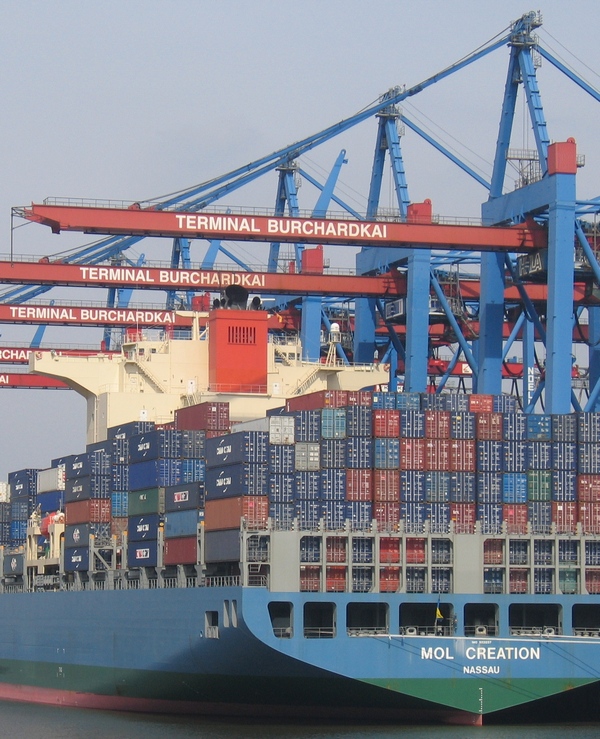An increasing number of major incidents in a matter of months, including the fire on board COSCO Pacific that started with a container load of lithium batteries, falsely declared as spare parts, has highlighted the severity of incorrectly packaging or declaring cargo.
On 1 January this year mandatory enforcement of the latest version of the IMDG (International Maritime Dangerous Goods) Code, Amendment 39-18, triggered the republication of the UK P&I’s recommendations: ‘Book it Right and Pack it Tight’, in collaboration with TT Club.
“We are hoping to raise the issue that cargo is not being packed properly and it’s still causing major problems,” explained UK P&I’s loss prevention director Stuart Edmonston.
There is no such thing as a small fire on a container ship 600 miles from port, said Edmonston. “I am currently looking into about 40 fire incidents, some are near misses, some happened as cargo was being loaded and some prior to loading or that had been discovered on the ship while it was in port.”
Serious incidents involving dangerous goods continue to occur on ships and in ports. Errors, misunderstandings, misdeclarations and inadequate packing and securing lie at the heart of many of these incidents and Edmonston notes that training or the carriers alone aren’t going to solve the problem.
The guide is intended to support stakeholders along the supply chain in the technical aspects of the IMDG Code.
“Regardless of how sophisticated electronic tools become, it is vital that the people involved at each stage of the process have an appropriate understanding and expertise in order not just to carry out their immediate function, but also to be able to validate what is presented on a screen,” said Uffe Ernst-Frederiksen, head of cargo management at Maersk Line and chairman of CINS.
However, there are no provisions in the IMDG Code to provide packing certificates when dangerous goods are loaded into tank containers. The equivalent for tanks is a “filling certificate” issued when the tank is filled to state that the tank is compatible with the product and has been filled and closed correctly. There is no requirement in the IMDG Code for the shipper to provide a filling certificate.
Despite this, many shipping lines request a copy of the tank inspection certificate, issued when tanks are first commissioned and subsequently at 2.5 yearly intervals.
Katerina Kerr
Tank Container Correspondent.







